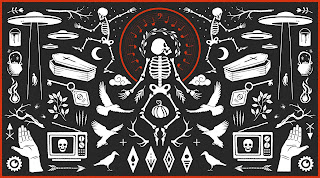The Twenty Thousand Hertz TED podcast has connected sonic textures to the land of video, specifically the movies. In episode 99 in August, host Dallas Taylor fascinated listeners with the tale of the Wilhelm Scream, which has been used thousand of times in movies, TV shows and even commercials.
This week, Taylor takes us on a similarly compelling episode about "Dies Irae," a 13th century four-note melody used on hundreds of movies. Taylor traces the history behind this specific four-note sequence, explaining how the Dies Irae has evolved from 500 years worth of Gregorian funeral chants, to a motif of composers like Mozart, Verdi and Liszt, to an enduring staple of blockbuster movie soundtracks.
"Dies irae" is a Latin sequence attributed to either Thomas of Celano of the Franciscans or to Latino Malabranca Orsini, lector at the Dominican studium at Santa Sabina, the forerunner of the Pontifical University of Saint Thomas Aquinas, Angelicum in Rome.
The sequence dates from at least the thirteenth century, though it is possible that it is much older, with some sources ascribing its origin to St. Gregory the Great (d. 604), Bernard of Clairvaux (1090–1153), or Bonaventure (1221–1274).
It is best known from being used in the Requiem (Mass for the Dead or Funeral Mass). An English version is found in various Anglican Communion service books.


Comments
Post a Comment
Thank You for your input and feedback. If you requested a response, we will do so as soon as possible.